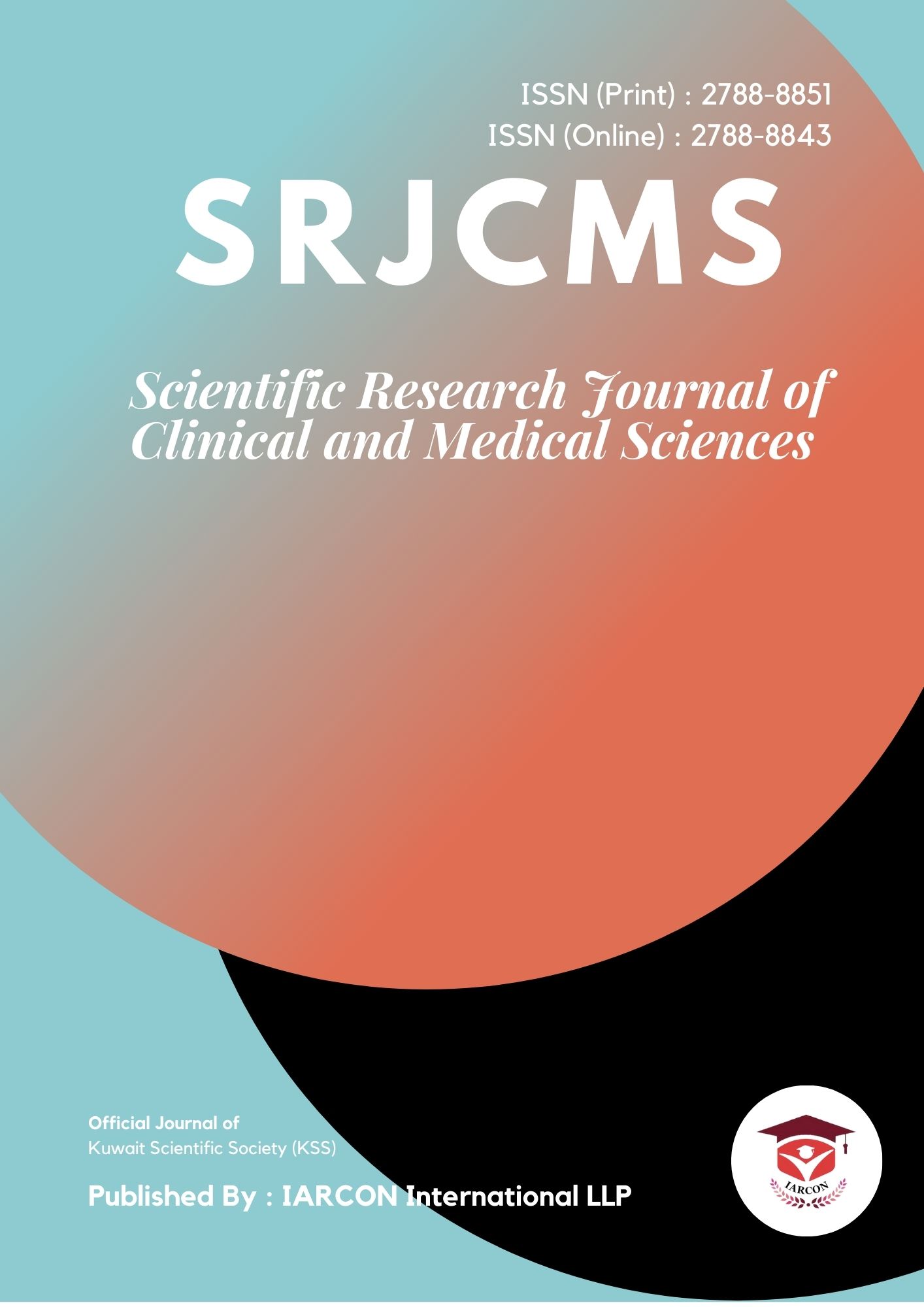Bacteriological Analysis and Epidemiological Insights into Neonatal Urinary Tract Infections in Kirkuk City, Iraq
Background: Urinary tract infections (UTIs) in the neonatal period are significant clinical issues due to their association with sepsis and congenital anomalies of the urinary system. They require prompt diagnosis and treatment to prevent long-term complications such as renal scarring, hypertension, or chronic kidney disease. Objective: The aim of this study was to determine the prevalence of UTI, identify causative agents, and evaluate their antibiotic sensitivity patterns in neonates admitted to a neonatal unit. Methods: This cross-sectional study was conducted over a 4-year period in a primary neonatal unit at Children’s Hospitals in Baghdad and private clinics. It included 91 neonates hospitalized with suspected UTI. Data were retrospectively collected from patient files. Urine samples were obtained via bladder catheterization, and significant bacterial growth was defined as a colony count of 10,000–50,000 CFU/mL in the presence of pyuria or ≥50,000 CFU/mL in its absence. Neonates with Mult pathogen growth, prior hospitalizations, or major surgeries were excluded. Ethics committee approval was obtained. Statistical analysis was performed to assess differences and relationships in the collected data. Results: Among 186 urine samples, 110 (59.13%) from neonates with UTI showed positive bacterial cultures, while 8 (8%) of the 100 control samples were positive. Escherichia coli was the most frequently isolated pathogen (27.27%), followed by Klebsiella pneumoniae (18.18%), and Staphylococcus aureus (12.73%). Dysuria was the most common clinical feature (72.73%), and UTIs were more prevalent in females (65.45%) than males (34.55%). Antibiotic sensitivity patterns revealed that E. coli exhibited high sensitivity to ceftazidime (93.02%) and cefotaxime (86.04%) but resistance to ampicillin (6.97%). S. aureus showed high sensitivity to ciprofloxacin (88.23%) and oxacillin (88.23%), while K. pneumoniae was most sensitive to amoxiclav (81.48%). Notably, Pseudomonas aeruginosa demonstrated high sensitivity to cefotaxime (86.66%). Conclusions: UTIs in neonates are predominantly caused by Gram-negative bacteria, with E. coli being the leading pathogen. Females and neonates aged 8–28 days are particularly susceptible. Antibiotic resistance patterns highlight the need for careful selection of empiric therapy based on local antibiograms to optimize treatment outcomes.

